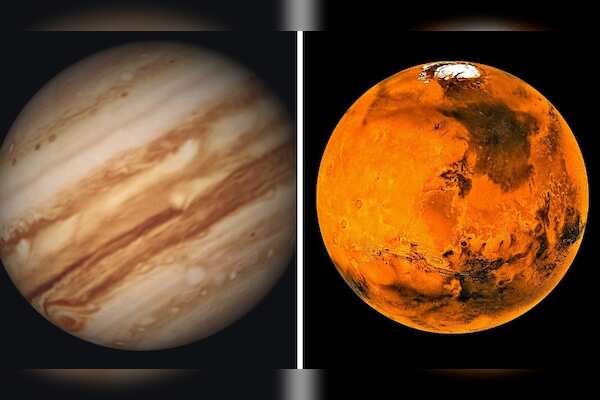Io, one of Jupiter's moons and known as the most volcanic body in the solar system, has been experiencing significant volcanic activity for over 4.57 billion years. Recent studies using the Atacama Large Millimeter/submillimeter Array (ALMA) have provided new insights into Io's volcanic history.
The gravitational forces between Jupiter and its neighboring moons, Europa and Ganymede, create immense tidal forces within Io, leading to intense volcanism. However, the extent of this volcanic activity over billions of years was a mystery until now. Lead researcher Katherine de Kleer, an assistant professor of planetary science and astronomy at Caltech, explained that Io's surface appears young due to continuous lava flows covering up any features older than approximately 1 million years. This has made it challenging to study Io's volcanic past in depth. Using ALMA, a radio antenna array in Chile, researchers analyzed sulphur and chlorine isotopes in Io's atmosphere. They discovered a significant presence of heavy isotopes of these elements, indicating a long history of volcanic activity on Io.The findings suggest that Io has lost a large percentage of its lighter sulphur isotopes, supporting the theory of continuous volcanic activity for billions of years. De Kleer highlighted the importance of these results in confirming previous predictions about Io's volcanic history.
While the study has provided valuable insights, researchers are excited about future investigations into Io's geological past. De Kleer expressed interest in uncovering whether Io once had a water ocean and ice crust like its neighboring moons, Europa and Ganymede, and how these features may have been lost over time.









 English (US)
English (US)